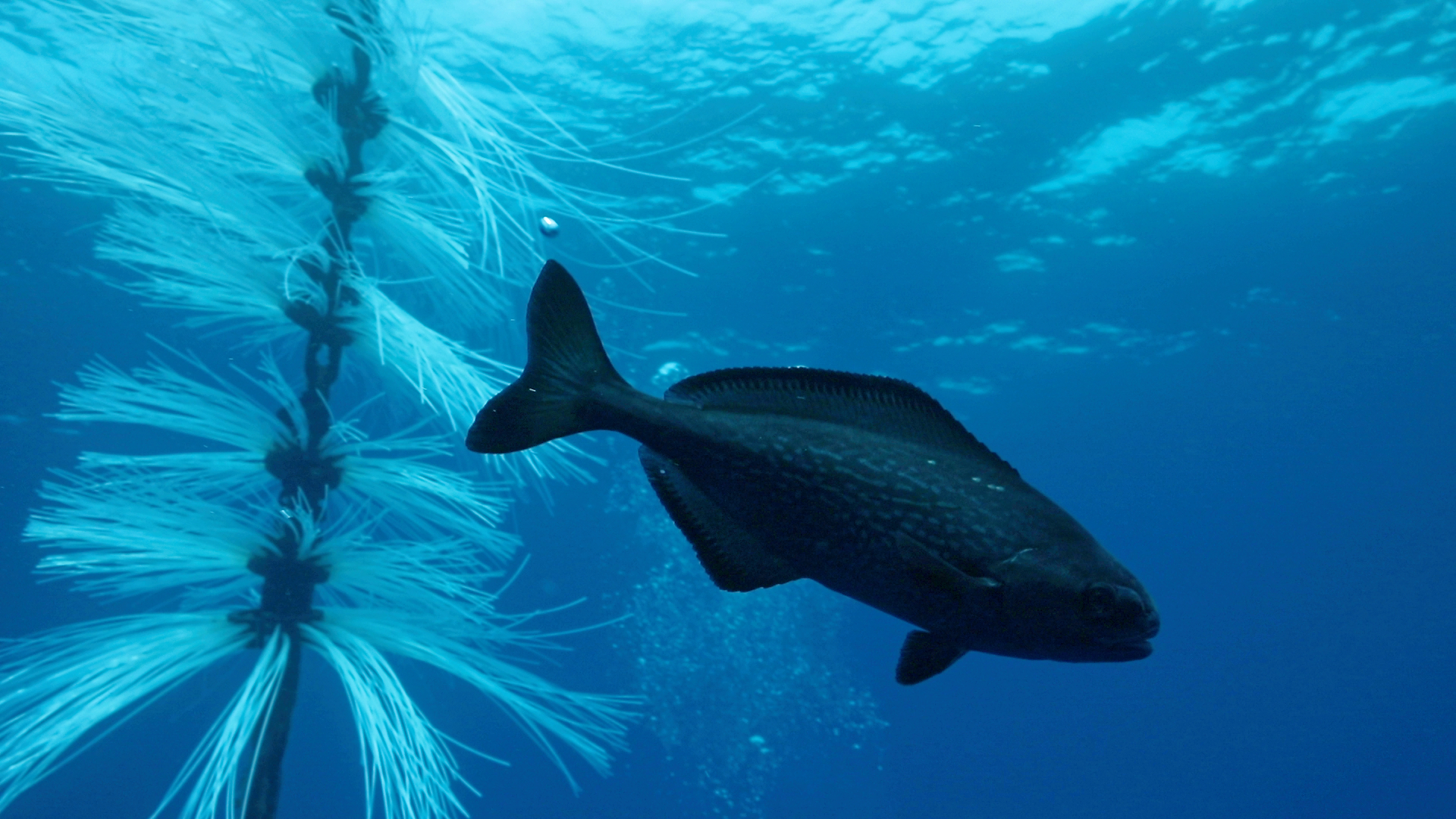Du 23 au 27 septembre 2013 s’est tenu le 10ème CARAH (International Conference on Artificial Reefs and related Aquatic Habitats) à Izmir en Turquie, organisé par Ege Üniversitesi. Au cours de ces 5 jours, des chercheurs de 24 nations différentes ont présenté et échangé sur leurs travaux de recherches et leurs expériences. Des thématiques très variées ont été abordées comme l’écologie, la biologie, l’éthologie des espèces, les techniques de suivis acoustiques, la complexité des habitats et des designs, la gestion ou encore la perception socio-économique.
A cette occasion l’équipe du GIS Posidonie a présenté ses premiers résultats concernant l’étude et le suivi de la colonisation des récifs artificiels du Prado (Marseille) par les peuplements ichtyologiques et benthiques. Deux communications orales ont été présentées.
How to enhance coastal sparids biomass? Patterns and kinetic of colonization by fish from a seasonal monitoring of 6 reef types in Marseilles Prado reef area (France).
Le Diréach L., Astruch P., Bonhomme D., Bonhomme P., Rouanet E., S. Ruitton & J.G. Harmelin
The deployment of 27 300 m3 in the Prado bay, Marseilles aimed to support the artisanal coastal fishery by restoring habitats in place of Posidonia beds that were previously destroyed. The reef deployment relied on diverse arrangements of 6 original reef types, different in size, shape, volume and materials, in order to copy the most productive natural benthic habitats. The horizontal spacing of reefs was designed in “villages” linked together by several reefs placed as functional connections. A seasonal survey of fish by 6 replicated census (number, size) on the 6 types of reefs spread in the 6 villages, started a few months after the end of deployment. This four years monitoring tells us that density, biomass, species richness, pattern and speed colonization kinetic are significantly different between the 6 reef types and present contrasting effects between species. The highest the height and the volume of the reef are, the highest the specific richness is. Seasonal variations are lower on these types of reefs. Smaller reef types present very good ratios of density and biomass per volume, but a high seasonal variability. The first phase of colonization characterized by a steep slope lasted no more than 1 year. Now the slope is still increasing but lower. The composition of fish assemblages varies among reef types according to their position in the Prado reef field. The design of the reefs succeeds in favouring coastal rocky fishing target species (sparids). The piles of quarried blocks (replicating natural rocky boulders) are one of the most efficient reef type in species richness, density and biomass. Sparids (major target species) benefited particularly from the design of these artificial reefs.
Keywords: fish monitoring, season, biomass, reef design.
The benthic sessile colonization can reveals the importance of seasonal patterns and artificial reef designs: the case of Prado reef area (Marseilles, France).
Rouanet E., Bonhomme P., Antonioli A., Astruch P., Bonhomme D., Fourt M., Le Direach L.
The colonization by benthic sessile communities of 5 of the 6 design types of the Prado artificial reefs (AR) in Marseilles has been seasonally monitored from summer 2009 through autumn 2012 at 30 m depth. Permanent 25 cm x 25 cm quadrats of the concrete, steel and quarry rock surfaces have been set up on 16 units among the 400 artificial reefs (27 300 m3). A total of 200 photos from each sampling seasons (12) were analyzed by an indirect visual estimation method to assess species richness and sessile taxa cover (percentage). This method doesn’t allow an exhaustive determination at species level, only photos identifiable species are taken into account otherwise the higher taxa is noticed. This high frequency temporal monitoring has revealed a rapid colonization (25 taxa 6 month after immersion and 57 taxa 3 years later) from pioneer taxa (serpulids, turf) to secondary taxa (calcareous algae, sponges, bryozoans, scleractinians, etc.). The taxa that were observed on hidden AR walls during the first seasons (e.g. Halocynthia papillosa) colonized exposed walls 3 years later. Seasonal patterns were evidenced with maximum peak diversity in spring. This monitoring indicates the importance of design of reefs for sessile benthic colonization. 3 groups of reef types are brought out (i) the photophilous quarry rocks related to sublittoral rocks, (ii) the chicanes compared to overhangs and semi-dark caves, (iii) fakir reef, metal baskets and cube piles constituted heterogeneous structures with both sciaphilous and photophilous habitats.
Keywords: benthic sessile monitoring, season, reef design, permanent photo-quadrats.



